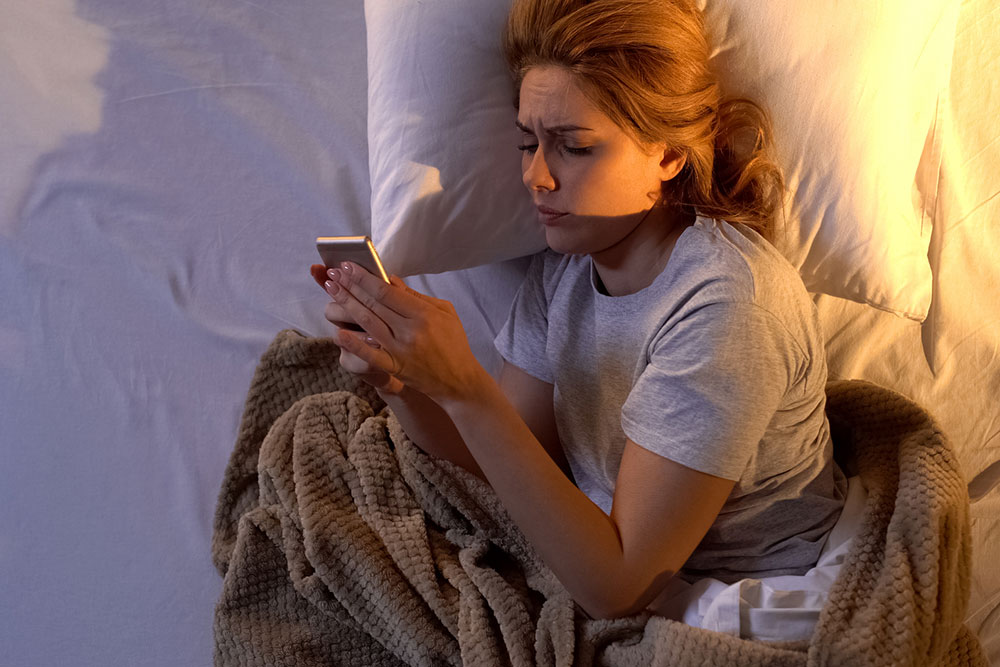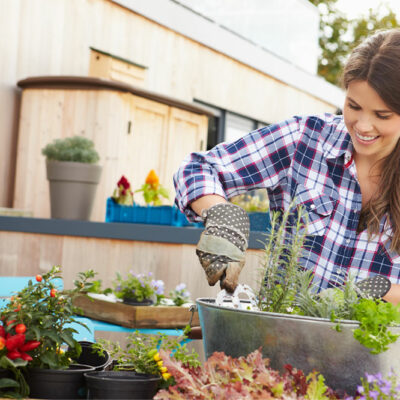
5 bad smartphone habits one should stop immediately
Smartphones have become indispensable gadgets for people of all ages, including seniors. A significant part of an elderly person’s time can be easily spent on their phone. With increasing usage, it is essential to become aware of several bad smartphone habits that may creep in, causing issues with one’s health, safety, data protection, and longevity of the gadget. To avoid these issues, it would be helpful to break these common smartphone habits.
Keeping the phone unlocked at all times
Many people often find it a hassle to punch in a password whenever they pick up their phone. Therefore, they end up leaving their phone unlocked. This habit is relatively common among those who reach for their phone several times throughout the day. But this habit is quite risky, even if it makes it convenient to use the phone. This is because not protecting the smartphone with a password means increasing the chances of a stranger getting direct access to personal and private information stored in the gadget. Therefore, it is always recommended to lock the phone using a passcode. For those who struggle to remember passcodes, using phones with fingerprint and face recognition locks can also help protect them.
Excessive screen time
For seniors, their smartphone usually becomes a device they heavily rely on. From staying in touch with loved ones to keeping track of health parameters, they use their phones for various purposes throughout the day. This makes their life easier. However, the downside is that it creates the habit of continuously staring at the phone screen without a break. Just looking at the phone screen continuously for two hours can quickly cause digital eye strain. Consequently, one experiences chronic dry eye symptoms. Over time, this can lead to serious eye health problems.
To avoid this, do not look at the phone screen for more than 20 minutes at a stretch. If it is required to use the phone for more than 20 minutes, make sure to take a 20-second break after every 20 minutes. Use this break to stare at something 20 feet away. Also, remember to blink every 8-10 seconds while looking at the phone screen. This will keep the eyes lubricated and lower the risk of dry eyes.
Using the phone right before bedtime
Another common habit many pick up is using their smartphones right before bedtime. A person may assume that being on the phone is similar to reading a book or doing any other activity to unwind right before sleep. However, this end-of-the-day screen time can easily take a toll on one’s sleep pattern. This happens because phone screens are quite bright.
When one looks at the phone screen for a long time before bed, the brain assumes that it is still daylight. This disrupts the body’s natural circadian rhythm and melatonin production, causing problems with falling asleep on time. With disruption in the sleep pattern, several other health issues may crop up later on. To avoid this, always turn off or put the phone away a couple of hours before going to bed.
Skimping on anti-theft measures for the smartphone
Smartphones are quite compact devices, making it easy to fit them in one’s hand. However, the highly portable size also means it is quite easy to misplace. For example, if one is at a restaurant and has placed their phone on the table before they start their meal. Or if one is in a cab and has placed their phone next to them on the seat. Because of the size of the phone, it can be easily overlooked or ignored in a hurry while leaving the cab or the restaurant.
In such situations, the data in the phone is at a high risk. Even if one may or may not get their phone back, it is possible to protect the personal and private information stored in the phone by installing or enabling anti-theft services. These help locate the phone remotely and protect personal data until the phone is found. Furthermore, these services can lock or erase the data in the device for extra protection, as needed.
Not using a good phone case
Smartphones are made to be sturdy enough to withstand minor bumps and nudges. However, they are equally fragile when dropped from a height or accidentally fly off from one’s hand. The result of this can range from mild to severe damage, like a cracked or shattered screen and damaged microchips. There might even be small chips, cracks, or dents on the phone’s body, causing issues with its structural integrity. This will affect not only the phone’s performance and longevity but also its resale value if one plans to sell or exchange it for a newer phone later. Aside from this, one may have to pay a heavy price to repair the phone.
However much one thinks one will be careful with the smartphone, accidents are bound to happen. Besides, many often prefer the clean look and lightweight feel of a caseless phone. But, it is important to know that this can increase the risk of causing damage to the phone. Therefore, it is best to avoid skipping the phone case and screen protector. Always buy a case that encloses the phone around the edges and protects the screen with a tough protector.


